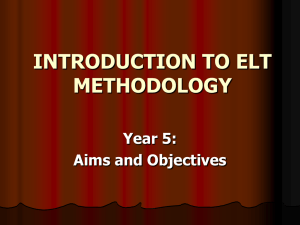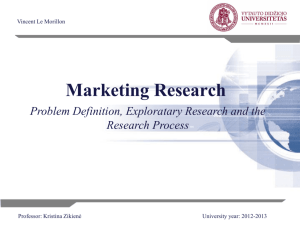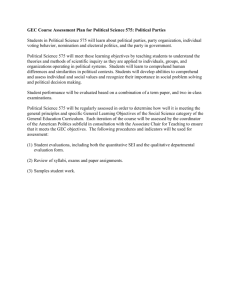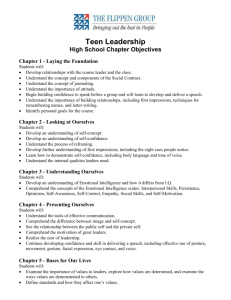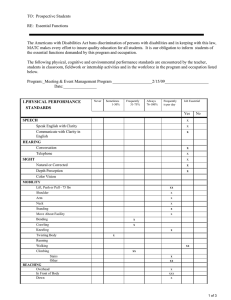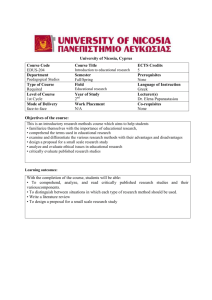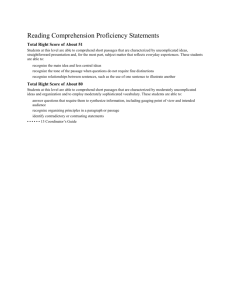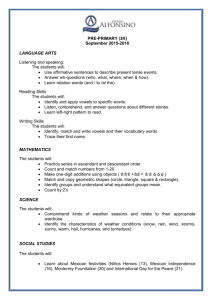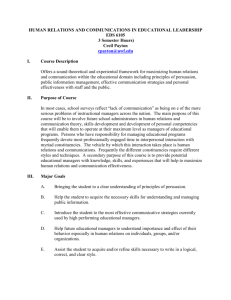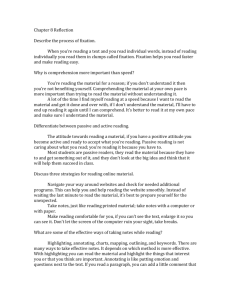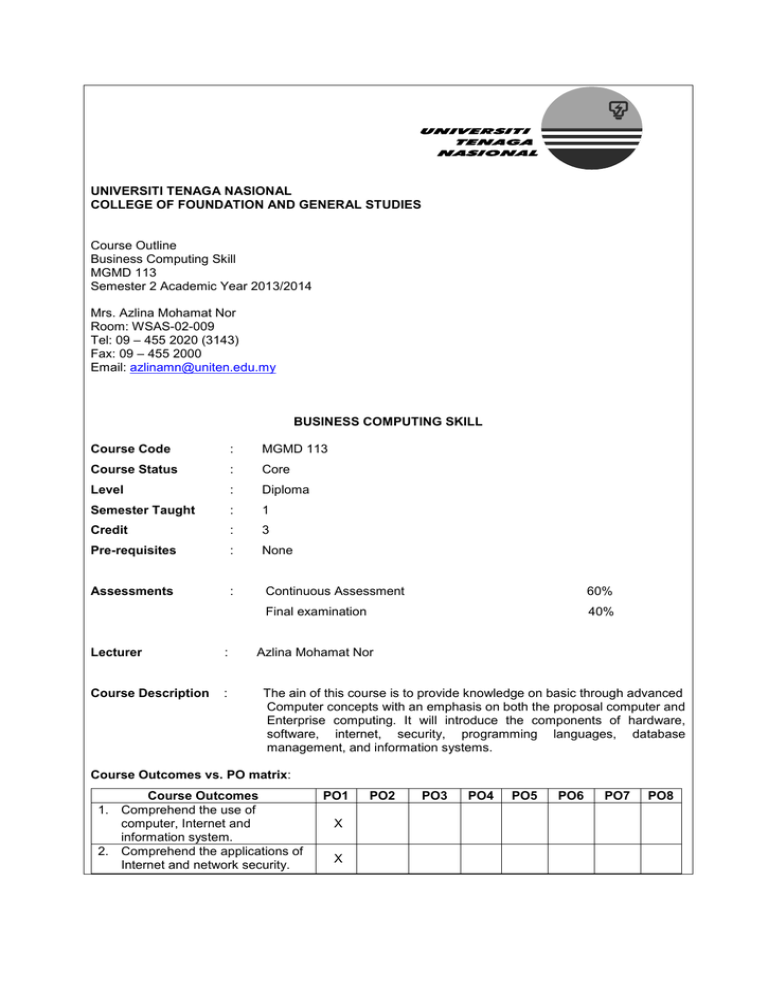
UNIVERSITI TENAGA NASIONAL
COLLEGE OF FOUNDATION AND GENERAL STUDIES
Course Outline
Business Computing Skill
MGMD 113
Semester 2 Academic Year 2013/2014
Mrs. Azlina Mohamat Nor
Room: WSAS-02-009
Tel: 09 – 455 2020 (3143)
Fax: 09 – 455 2000
Email: azlinamn@uniten.edu.my
BUSINESS COMPUTING SKILL
Course Code
:
MGMD 113
Course Status
:
Core
Level
:
Diploma
Semester Taught
:
1
Credit
:
3
Pre-requisites
:
None
Assessments
:
Continuous Assessment
60%
Final examination
40%
Lecturer
:
Course Description
:
Azlina Mohamat Nor
The ain of this course is to provide knowledge on basic through advanced
Computer concepts with an emphasis on both the proposal computer and
Enterprise computing. It will introduce the components of hardware,
software, internet, security, programming languages, database
management, and information systems.
Course Outcomes vs. PO matrix:
Course Outcomes
1. Comprehend the use of
computer, Internet and
information system.
2. Comprehend the applications of
Internet and network security.
PO1
X
X
PO2
PO3
PO4
PO5
PO6
PO7
PO8
3. Comprehend the functions of
system software and application
software.
X
4. Comprehend the components of
computer.
X
5. Comprehend the roles of
programming language.
X
6. Comprehend the functions of
database.
X
7. Comprehend the development
and usage of information
system.
X
Average PO
Assessments Methods
1. Final Exam
2. Midterm
3. Quizzes/Assignments/Tutorials
4. Group Project
X
CO1
CO2
CO3
X
X
X
X
X
X
X
X
X
Total student learning time
(SLT)
L = Lecture
T = Tutorial
P = Practical
O = Others
L
T
3x2x14
3x1x14
P
Lecture
1. Introduction to Information Technology & Internet
Computer components
Advantages and disadvantages of using computer
Network purpose
Internet and World Wide Web
System software and application software
Categories of computers
Elements of an information system
Computer applications in society
2. The Internet & World Wide Web
Internet access and connection
IP address
Web address, web browser and website
E-commerce
3. Application Software
Application software usage
Application software categorization
CO5
X
CO6
X
CO7
X
X
X
X
X
X
X
Total guided and independent
learning
Face to face
Course Outline :
CO4
X
X
X
X
O
126
Software distribution
Utility programs functions
4. The System Unit
System units
Motherboard
Bit and byte
Memory
Expansion slots and adapter cards
Computer ports
5. Input & Output Devices
Mouse, pointing devices, controllers for gaming and media players
PDAs, smart phones and tablet PCs
Scanners and reading devices
Terminals
Biometric devices
Monitors
Printers
Speakers, headphones and earphone
Fax machine and fax modems
6. Storage Devices & Storage Media
Magnetic disk
Hard disk
Miniature, external and removable hard disk
PC card, express card module and miniature mobile storage media
Microfilm and microfiche
7. Operating Systems & Utility Programs
System software
Functions of operating system
Startup process on a personal computer
Types of operating system: stand-alone operating systems, server operating systems and
embedded operating systems
Functions of utility programs
8. Communications & Networks
Components of communications
Uses of computer communications
Types of networks: LANs, MANs, and WANs
Network architectures: Client/server and peer-to-peer networks, and describe how a P2P
networks works
Network topologies: star network, bus network, and ring network
Network communications standards: Ethernet, token ring, TCP/IP, Wi-Fi, Bluetooth, UWB,
IrDA, RFID, WiMAX, and WAP
Communications softwares
Communications devices: dial-up modems, digital modems, wireless modems, network
cards, wireless access points, routers, and hubs and switches
Types of home networks
Physical and wireless transmission media: twisted-pair cable, coaxial cable, fiber-optic cable,
infrared, broadcast radio, cellular radio, microwaves, and communications satellite.
9. Database Management
10.
Data and information
Data integrity and qualities of valuable information
Character, field, record, and file
File maintenance techniques (adding records, modifying records, deleting records) and
validation techniques
File processing approach and the database approach
Functions common to most database management systems: data dictionary, file retrieval
and maintenance, data security, and backup and recovery
Access to Web databases
Computer Security, Ethics & Privacy
11.
Internet and network attacks and ways to safeguard against these attacks
Techniques to prevent unauthorized computer access and use
Safeguards against hardware theft and vandalism
Ways software manufacturers protect against software piracy
Types of devices available that protect computers from system failure
Options available for backing up computer resources
Risks and safeguards associated with wireless communications
Ways to prevent health-related disorders and injuries due to computer use
Issues related to information accuracy, intellectual property rights, codes of conduct, and
green computing
Issues surrounding information privacy, including electronic profiles, cookies, spyware and
adware, spam, phishing, privacy laws, social engineering, employee monitoring, and content
filtering
Information System Development
12.
System development cycle
Guidelines for system development
Project management, feasibility assessment, documentation, and data and information
gathering techniques
Activities performed in the planning phase
Activities performed in the analysis phase
Activities performed in the design phase
Activities performed in the implementation phase
Activities performed in the operation, support, and security phase
Programming Languages
Machine and assembly languages
Procedural programming languages
Programming languages for Web pages, including HTML and XHTML, XML and WML,
scripting languages, DHTML, Ruby on Rails, Web 2.0 development, and Web page
authoring software
Popular multimedia authoring programs
References:
Shelly, G.B., Cashman, T.J. and Vermaat, M.E (2010), Discovering Computers 2011 (Complete),
Thomson Course Technology.
Joyce, J. and Moon, M. (2007), Microsoft Office System 2007, Mc Graw Hill Technology
Education
Evan, A., Martin, K. and Poatsy, M. A. (2010), Technology in Action, Pearson Prentice Hall.
O’Leary T.J., and O’Leary, L.I. (2010) Computing Essentials 2011, Mac Graw Hill.
Program Outcomes
PO
No.
PO1
PO2
PO3
PO4
PO5
PO6
PO7
PO8
Students graduating from the Foundation Program will have the ability to :
Ability to comprehend descriptive and quantitative knowledge in finance
Able to show the technical and practical dexterities in financial theories and
practices.
Able to discuss finance knowledge and skills needed in order to be vigilant of the
social, cultural, global and environmental responsibilities.
Able to identify a code of ethics which embody professional, entrepreneurial and
institutional responsibilities.
Able to notify finance related problems and their feasible solutions.
Able to convince other through communications effectively and be an active team
player.
Able to justify the philosophy of lifelong learning and skills for innovative
thinking related to socio-economic environment.
Able to present the professionalism in finance, business and entrepreneurial
activities.
Bloom’s
Domains
& Levels
C1 & C2
C3
C2
C1&C2
C4
P
C2
A

